As a writer, you probably are confused as to whether to try to get your book published traditionally by a commercial publisher or to self-publish. As a personal writing coach at AuthorAssist.com, I get the traditional publishing versus self-publishing question frequently. To make your decision a bit easier, consider your goals and expectations-and the following seven points.
Acceptance
A large commercial publisher will not consider a manuscript unless it is represented by a literary agent. While some small independent presses do accept “unagented” manuscripts, that door is closing fast since the number of independent presses has shrunk by 50 percent in the last decade. Your query letter and synopsis are critical in getting the attention of literary agents. Because literary agents get 200+ queries a month, it is not surprising that 99 percent of submissions are rejected. Yet many rejected manuscripts are worthy of publication, as self-publishing authors are discovering. On the other hand, since self-publishing is open to anyone, there is a flood of low quality books that will have little or no readership-giving self-publication a bad reputation.
Control
Once you sign with a traditional publisher, you lose some or most control of your manuscript.The publisher has influence over the title, the cover, the content, the pricing, the promotion, distribution, and timing of the aforementioned–and may hold some copyright–as determined by your specific contract. With self-publishing your retain control of your manuscript.
Upfront Costs
A traditional publisher does not require you to pay any printing costs. In addition, you should not pay any costs to your literary agent before the sale of the manuscript to a publisher.Your agent makes his/her money (usually 15%) as a percentage of the advance (if any) and sale of your book. With self-publishing you bear all the publication costs for formatting and distributing your book. The cost varies depending on the vendor and services you choose. A vendor may try to “upsell” you on editing, cover design, marketing, publicity, etc. Realize, most vendors make their money by selling extra services you may not need.
Turnaround Time
On average, a traditional publisher requires 12-18 months to publish your book. Figure another 6-12 months to secure a literary agent (if you can). So with traditional publishing, your manuscript will not see the “light of day” for a long time. In addition, with all the publishing acquisitions by global enterprises, your project could get caught in the middle of a merger and be abandoned altogether. With self-publishing, you can have your book overnight in some cases.
Book Store Presence
With self-publishing, getting your book into bookstores is extremely difficult. One reason is that bookstores work on a business model that requires they return unsold books to the publisher–and they don’t want to deal with individual authors. If you have your heart set on seeing your book in Barnes and Noble or Borders stores, self-publishing is not for you.
Promotion and Selling
Regardless of how you publish your book, you are responsible for promoting and selling it. New writers are often surprised to learn that commercial publishers do not actively market and promote their books–that they expect their authors to do the work.
Royalties
A traditional publisher normally pays 15% royalty on book sales–plus your literary agent gets 15% of your royalties. When you self-publish, you earn a higher profit (25-100%). The amount you receive depends on how you sell your book and can be complicated by several layers of distribution fees.
The key to getting your book published successfully is to match your realistic expectations with publishing industry requirements and costs. Regardless of your decision, be sure your manuscript is in tip-top shape–professionally edited–before you submit to literary agents or embark on self-publishing.
Get an Editorial Review | Get Amazon Sales & Reviews | Get Edited | Get Beta Readers | Enter the SPR Book Awards | Other Marketing Services



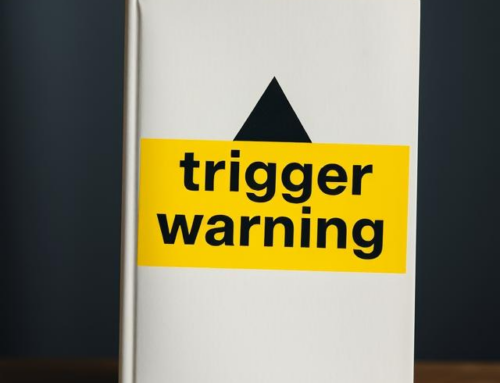



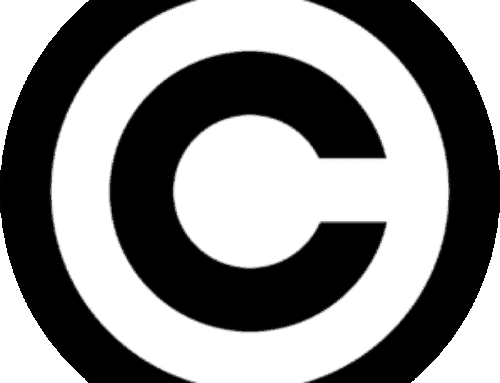

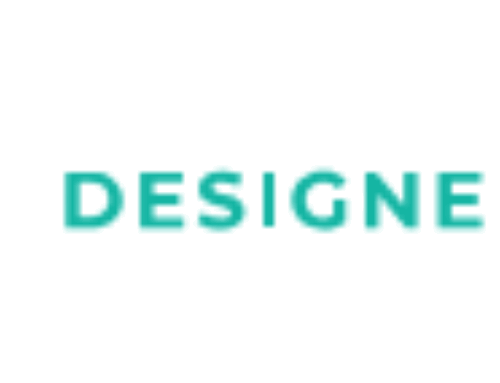






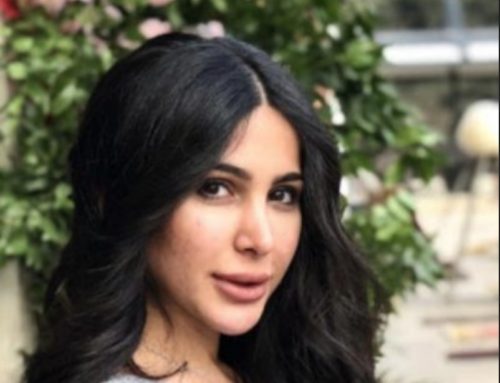




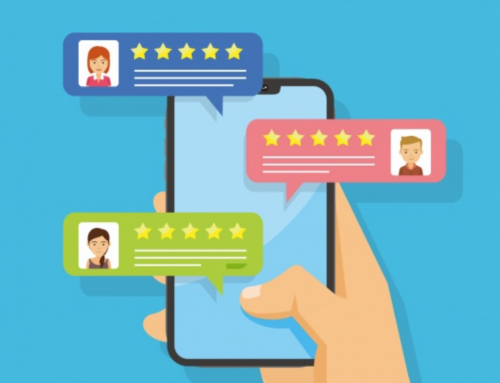
Great summation.